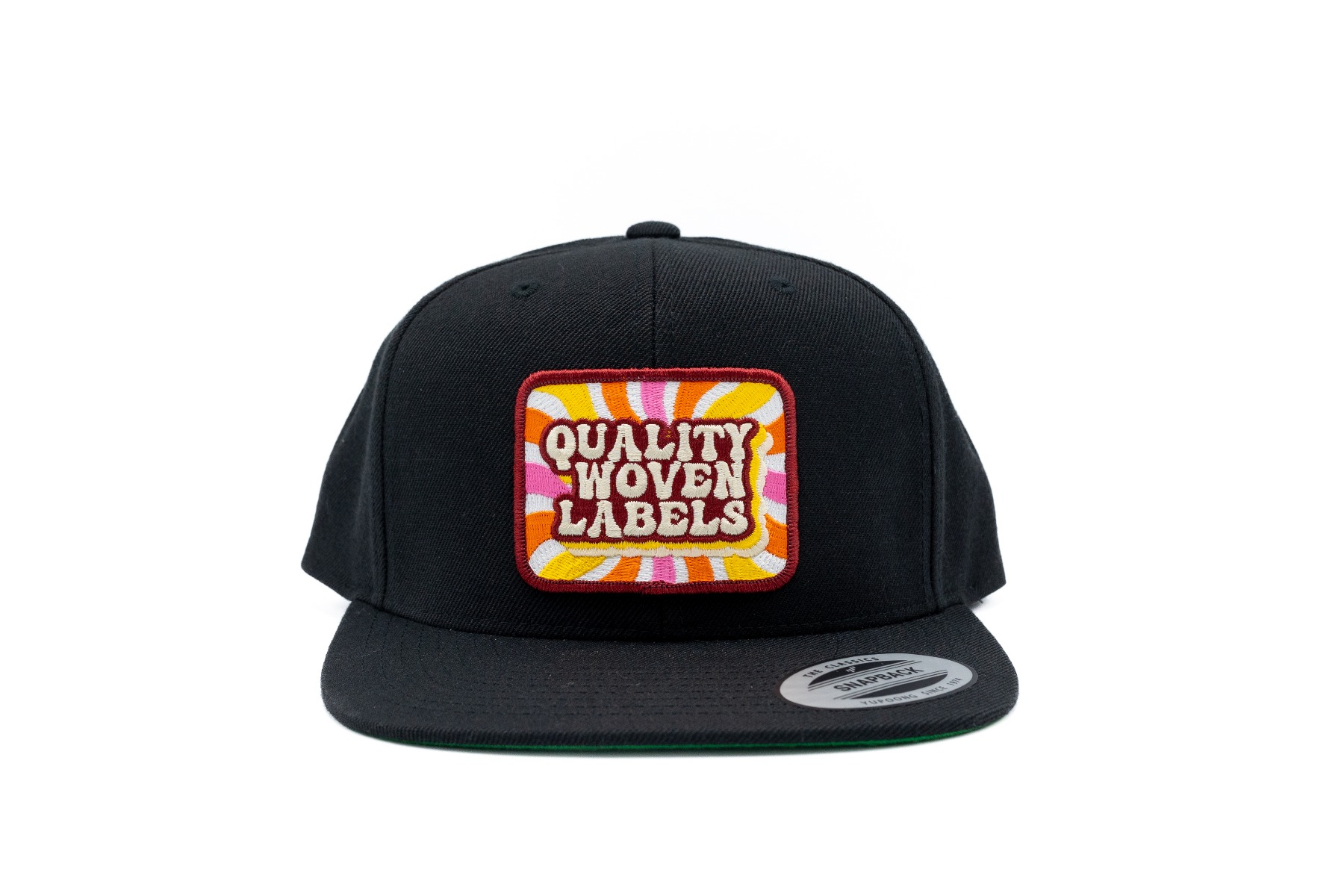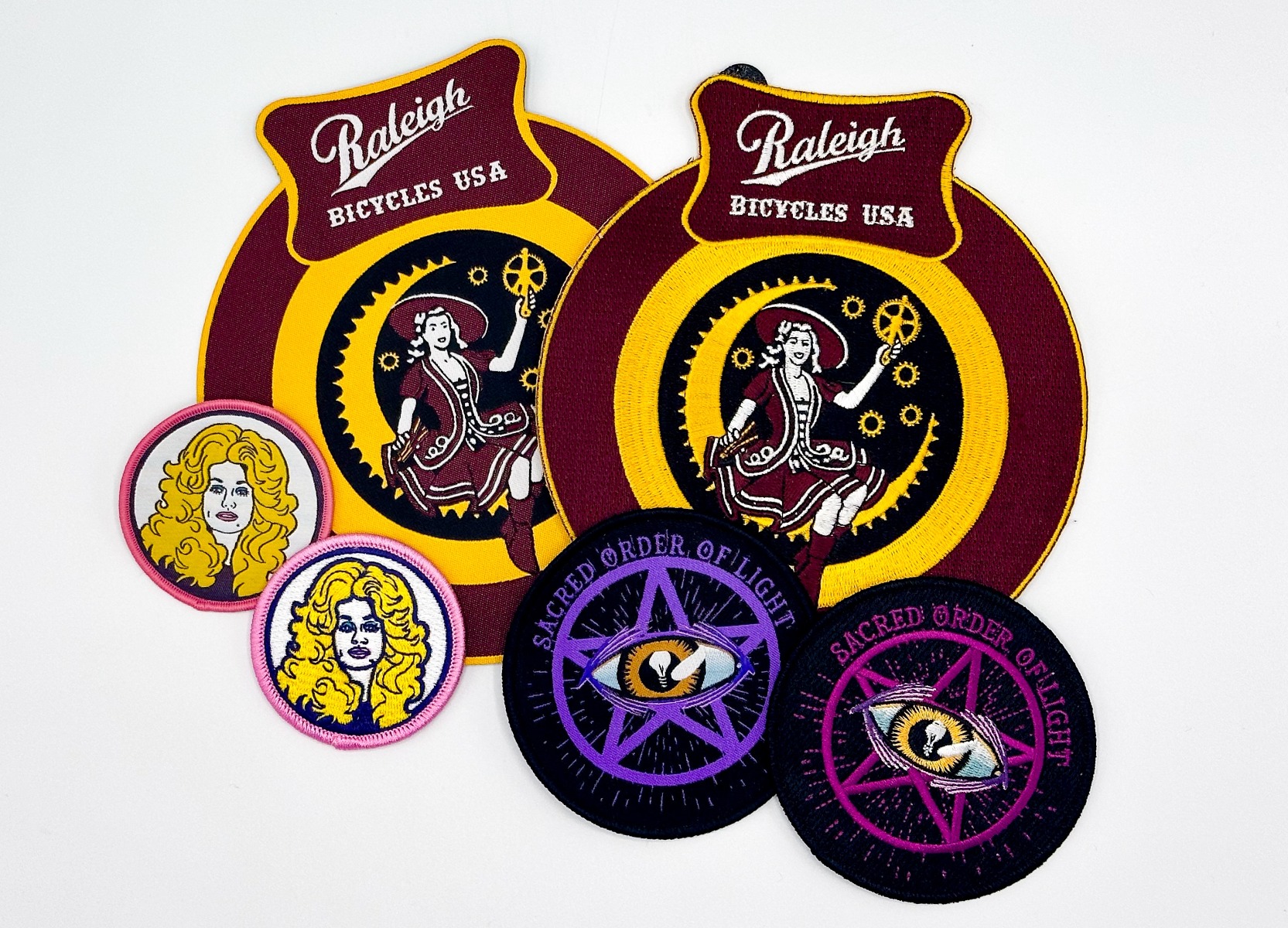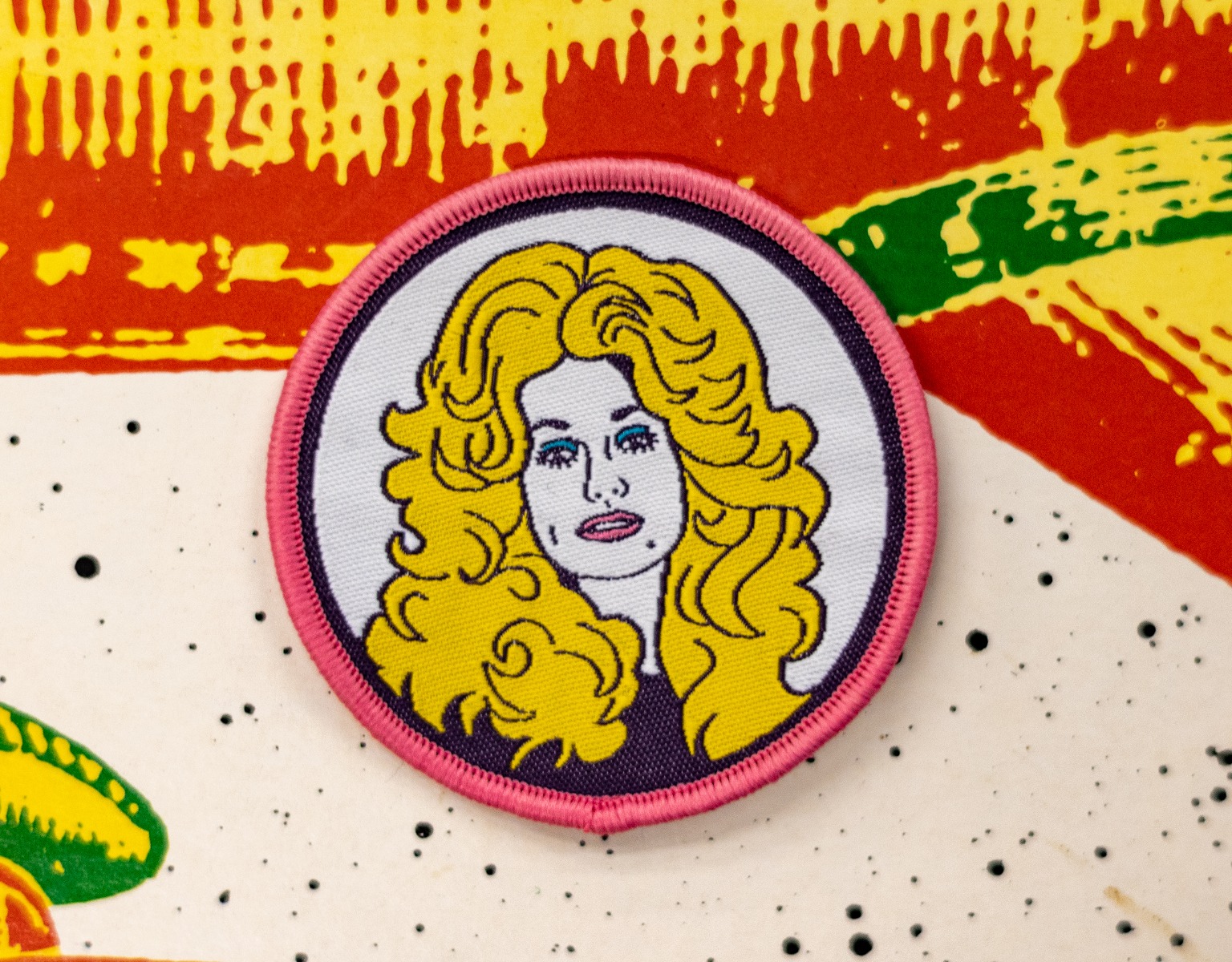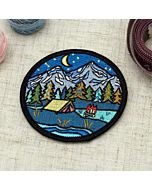
When it comes to personalizing garments, bags, or accessories, the choice between embroidered patches and woven patches remains a pivotal one. Both techniques offer distinctive features and aesthetics, catering to different preferences and needs. Embroidered patches, with their intricate thread work and raised texture, have long been a staple in the industry of branding customization. On the other hand, woven patches boast a smoother, flatter appearance, created through a meticulous weaving process. Join us as we delve into the nuances and characteristics of embroidered and woven patches, exploring their differences, applications, and the unique qualities that make each style an enticing option for those seeking to add a touch of individuality and flair to their products.

Embroidered and woven patches, despite their apparent differences, share several similarities that make them both popular choices for customization:
Versatility in Application:
Both embroidered and woven patches are incredibly versatile in their application. They can be applied to a wide variety of fabrics and materials, including clothing, bags, hats, and accessories. Their adaptability allows individuals to personalize and embellish various items, adding a unique touch to everyday apparel or creating a branded identity for uniforms or promotional merchandise.
Durable and Long-Lasting:
Regardless of their production technique, both types of patches are crafted to be durable and long-lasting. They are designed to withstand regular wear and tear, ensuring that the patches maintain their visual appeal even after frequent use. The quality of stitching or weaving, along with the robust materials used, contributes to their longevity, making them reliable options for those seeking a lasting customization solution.
Customization and Detail:
Both embroidered and woven patches offer a high level of customization and intricate detail. Embroidered patches use threadwork to create intricate designs, enabling the incorporation of fine details, shading, and a three-dimensional texture. Similarly, woven patches, despite their flatter appearance, can still showcase detailed designs with precision due to the weaving process, allowing for clear and defined patterns. This flexibility in design and detailing ensures that both types of patches can represent logos, artworks, or text with impressive clarity and accuracy.

Embroidered patches and woven patches, while both serving as versatile means of customization, differ significantly in several aspects:
Texture and Appearance:
One of the most noticeable differences between the two types of patches is their texture and appearance. Embroidered patches are characterized by a raised, textured surface due to the use of threads stitched onto a base fabric, creating a distinct three-dimensional effect. In contrast, woven patches have a flatter and smoother appearance, achieved through an intricate weaving process without the raised threads, resulting in a more polished, fabric-like surface.
Detail and Complexity of Design:
Woven patches excel in showcasing intricate and detailed designs. The nature of woven patches allows for a broad range of colors, and shading. The woven technique used for woven patches is well-suited for complex artwork, fine lettering, and designs with gradients and depth. Embroidered patches, while capable of a broad range of textures, shading, and three-dimensional effects are limited in detail due to the thicker threads used and the embroidery stitching process. They are better suited for designs with clean lines, bold shapes and text, and simpler patterns, as the embroidering technique might not capture fine details as effectively as a woven process.
Manufacturing Process:
The production methods for embroidered and woven patches differ significantly. Embroidered patches are made by stitching threads onto a fabric backing, typically using different types of stitches to create the desired design. Woven patches, on the other hand, are created by weaving threads together to form the design directly, similar to the process of weaving a fabric. The weaving process of interlacing threads results in a flatter and more integrated design compared to the layered stitching technique of embroidered patches.
Understanding these differences allows for a more informed decision when choosing between the two types of patches, based on the desired aesthetic, design complexity, and intended use. Whether aiming for a textured look (embroidered) or a smoother, finely detailed product (woven), both styles offer distinct visual appeals catering to various preferences and needs.

Have questions about woven and embroidered patches? We encourage you to reach out to us. As experts in the field of customized patches and labels, our team possesses extensive knowledge and experience in both woven and embroidered patch options. Whether you're seeking advice on the ideal patch type for your project, have questions about design intricacies, or need guidance on material durability, the professionals at Quality Woven Labels are equipped to provide assistance and support.





The information below is required for social login
Sign In
Create New Account